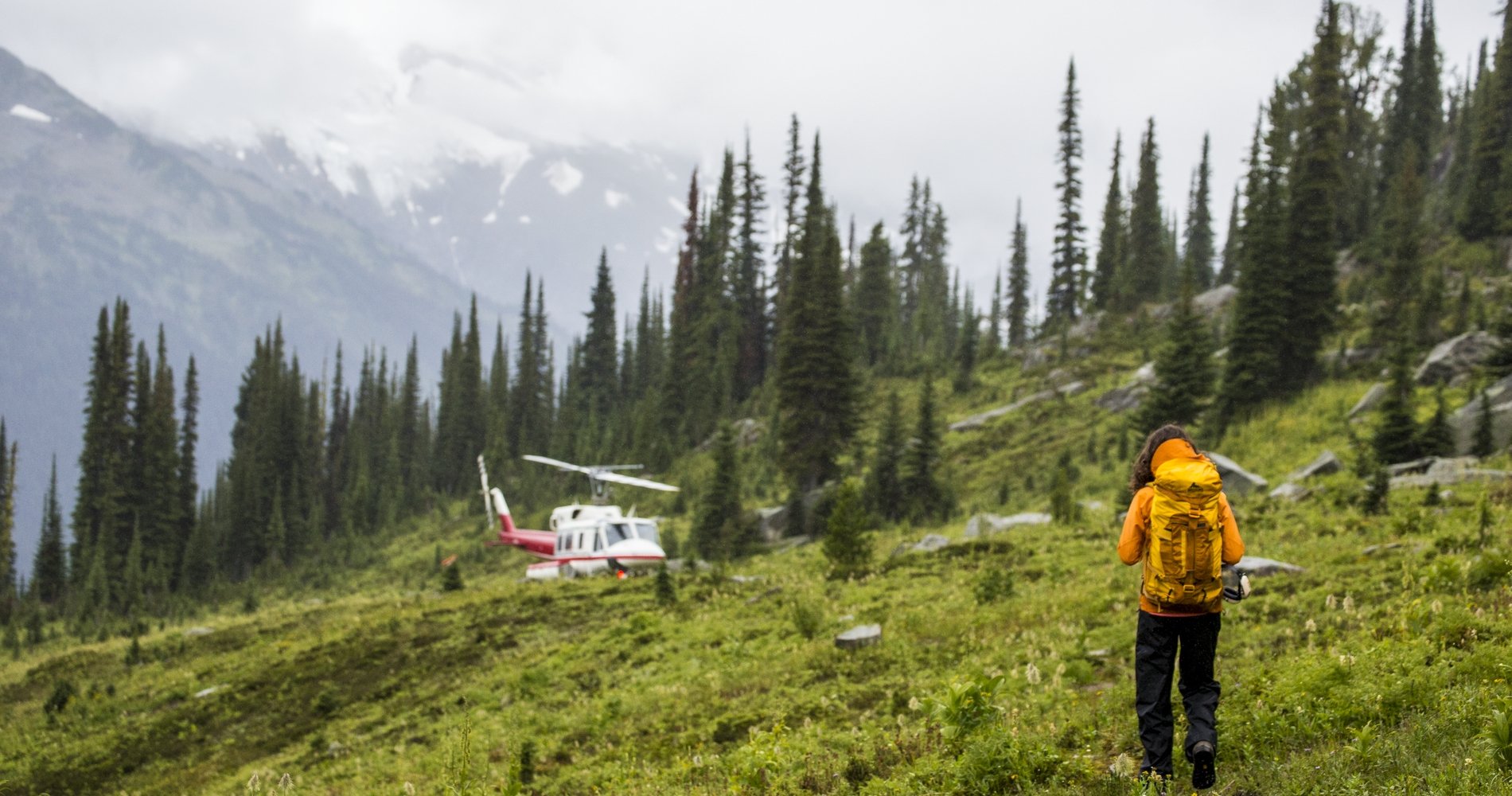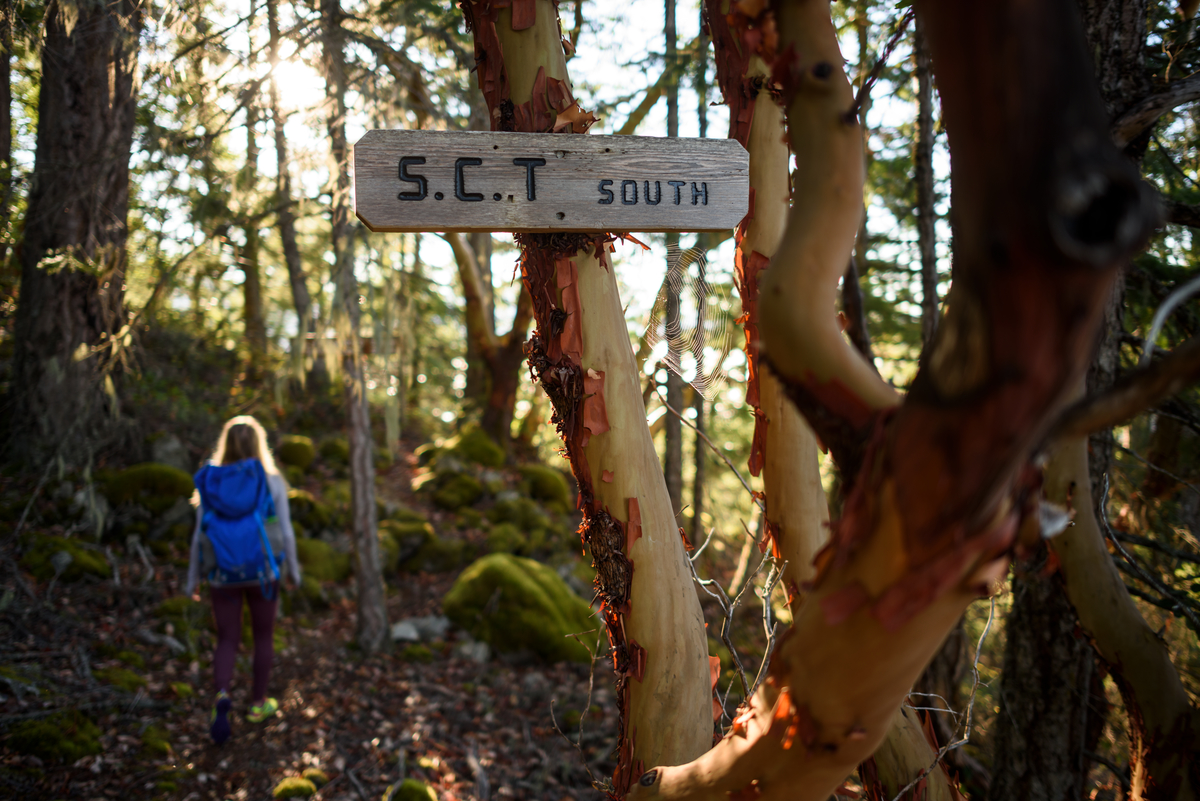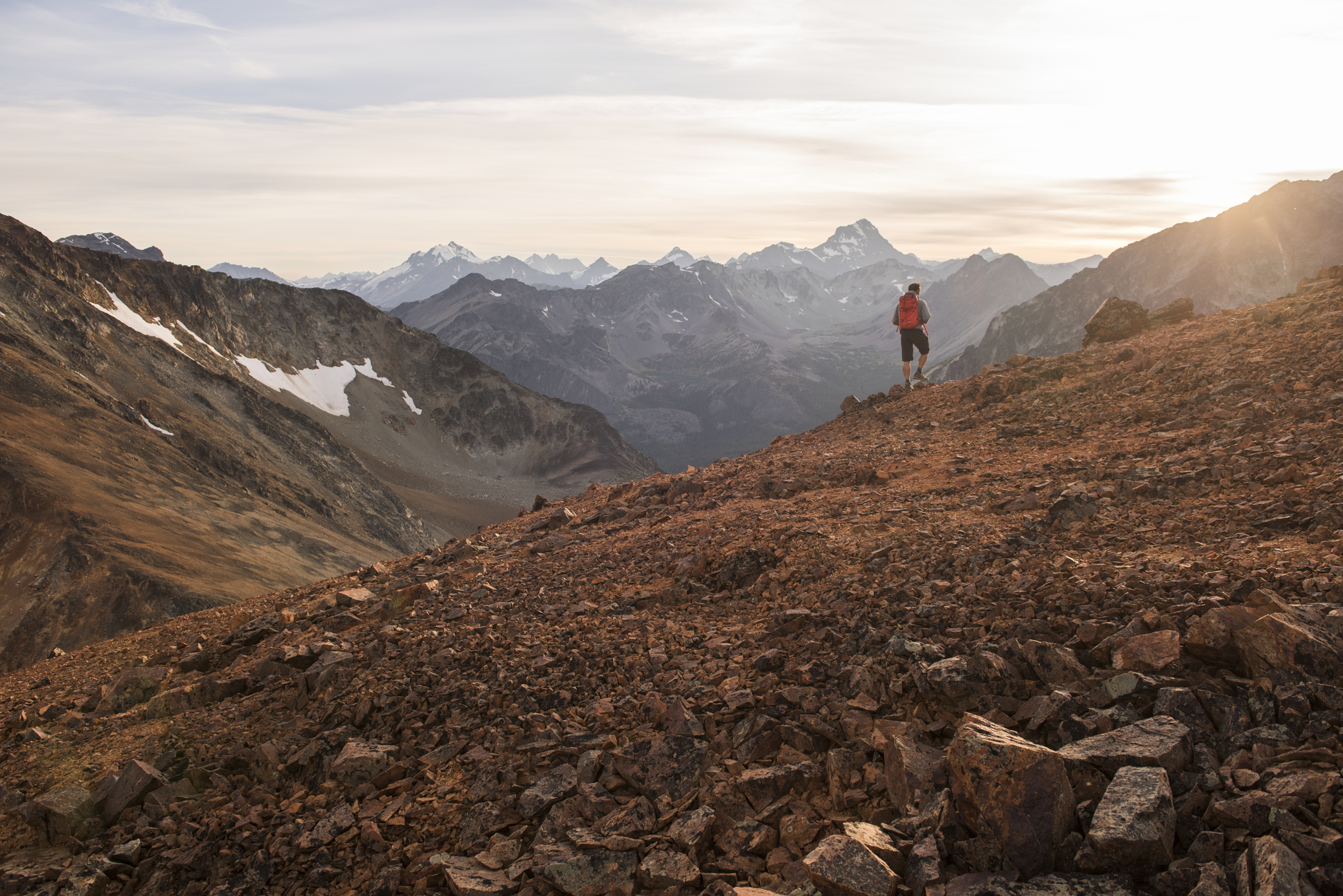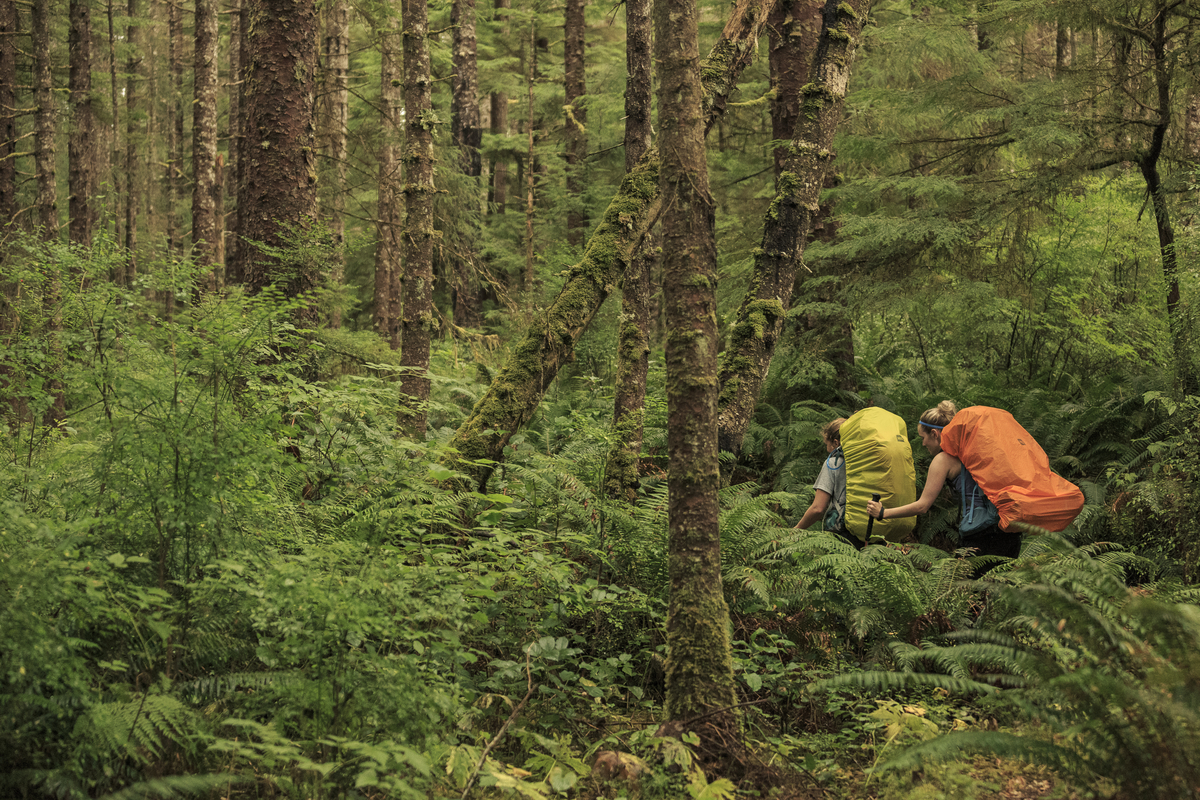Level up your training
Albert Einstein said it best: “The more I learn, the more I realize how much I don’t know.” This is especially true with outdoor exploration, which offers a lifetime of personal growth and learning. But, you have to start somewhere, and now is as good a time as any.
As a beginner hiker, you can prepare by doing fitness classes and taking a basic first aid course. Check out the free BC AdventureSmart weekly webinars online this summer, featuring presentations about personal preparedness, incident prevention, essential gear, what to do in an emergency, the trip plan app, and more. Visit their Facebook page for details.
Level up your training as you increase your exposure in the outdoors. For the avid trekker looking to tackle BC’s more challenging terrain, next steps include wilderness first aid training, navigation and route-finding courses, weather forecasting seminars, or mountaineering workshops.







